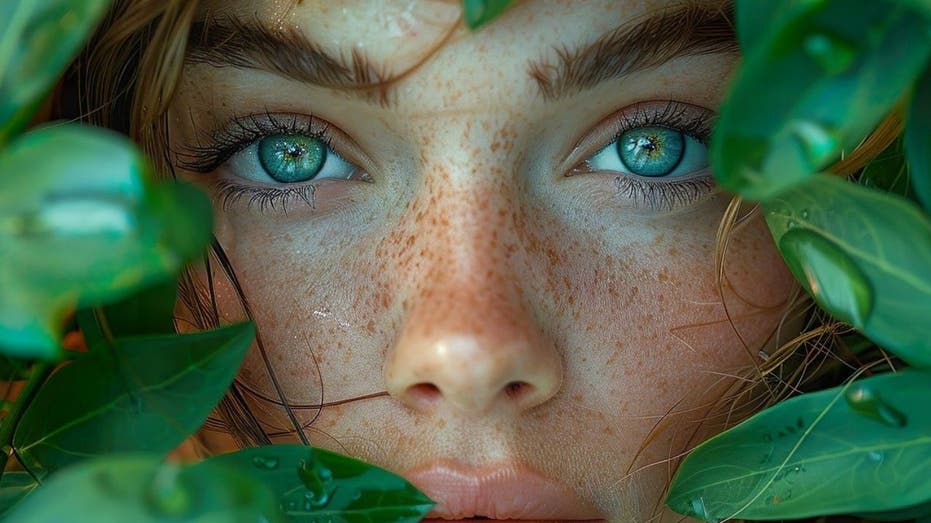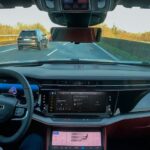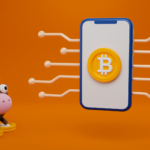The Telltale Signs of AI-Generated Images: How to Spot Them

As artificial intelligence continues to evolve, the creation of images using AI tools is becoming increasingly prevalent. While advancements have made it more challenging to distinguish between images crafted by humans and those produced by machines, there are still several key indicators that can help you identify AI-generated content.
Recognizing AI-Generated Images
Understanding the nuances of AI-generated images can be essential in navigating the digital landscape. Here are ten telltale signs that an image may have originated from an AI source.
1. Inconsistencies in Human Features
When it comes to depicting people, AI often struggles with intricate details. Look out for anomalies such as extra fingers, unusual skin tones, or unnaturally perfect teeth. These discrepancies can reveal that an image was crafted by AI rather than a human artist.
2. Unnatural Textures
Another sign of AI involvement is overly smooth or shiny textures. For example, skin may appear poreless, or natural elements like trees and grass may look artificial. If everything within an image seems too flawless, it’s likely the work of AI.
3. Odd Lighting and Shadows
Pay attention to the way light interacts with the subjects in the image. AI-generated images often feature shadows in unexpected places or exhibit flat, inconsistent lighting. These visual cues can be significant indicators of artificial creation.
4. Distorted Backgrounds
AI tends to struggle with depth and perspective. If the background appears blurry, distorted, or does not align harmoniously with the main subject, it may be a sign of AI generation. Be on the lookout for backgrounds that feel out of place or unrealistic.
5. Jumbled Text
If the image contains any text, examine it closely. AI often produces misspelled, jumbled, or nonsensical words, particularly in more complex images. This difficulty with legible text can be a strong indicator of artificial creation.
6. Representation Bias
AI learns from existing datasets that may contain biases. As a result, AI-generated images can perpetuate stereotypes or discriminatory depictions, such as overwhelmingly featuring White males in prestigious job roles. Awareness of this bias can help you spot AI content more effectively.
7. Surreal Elements
AI sometimes incorporates bizarre or impossible elements into its images. Look for animals in unusual colors, improbable gadgets, or settings that seem otherworldly. If something feels off or unbelievable, it’s worth questioning its authenticity.
8. Watermarks from Generative Tools
Some AI tools automatically add watermarks to images, which can be found in the corners or embedded within the background. If you notice such a watermark, it’s a clear indication that the image was generated by AI.
9. Lack of Metadata
AI-generated images often lack metadata, the information attached to an image file that includes details like resolution and copyright. You can check for metadata on both Windows and Mac systems to determine if an image is authentic.
10. Reverse Image Search for Verification
For images that appear suspicious, conducting a reverse image search can help you trace their origins. If you find an image circulating on social media but not on reputable websites, it’s a strong indication that it may be AI-generated.
Stay Informed About AI-Generated Content
As the capabilities of AI technology grow, so do the challenges of maintaining trust and security in the digital realm. Understanding how to identify AI-generated images is crucial in combating misinformation and safeguarding brand integrity.
If you have any other queries about identifying AI-generated content or would like to learn more about technology trends, feel free to reach out. Stay updated with the latest tech tips and security alerts by subscribing to our newsletter.
Join us in the fight against misleading content and enhance your digital literacy today!



